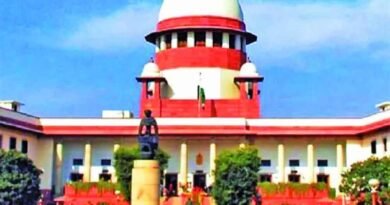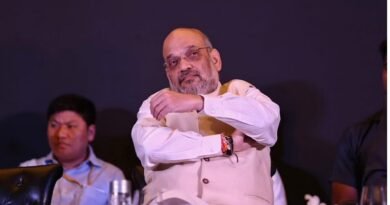Happy holidays
The Government comes up with mass publicity campaigns, but does it help?
India has just finished celebrating Onam and Raksha Bandhan. The impact on fresh COVID-19 cases will be felt in a week or two. At least in Kerala, the fear is real. The prospects are real, too, and the Kerala Government has decided to play safe by enforcing night curfew from next week. In areas where the rate of weekly infection has crossed seven per cent, there will be lockdown. Chief Minister Pinarayi Vijayan has to realise he is swimming against credibility every time he insists that Kerala leads the nation in controlling the pandemic. For a couple of months since the second wave abated, he attributed the continuing rise in fresh cases to the educated mindset of the people that led to voluntary testing. However, the fact that the cases are running into their thousands every day even now says something else, that infection is not being reined in possibly because nobody is respecting safety protocols. A positivity rate of over 18 per cent and a fresh case tally of 32,000 per day for four consecutive days in Kerala roughly equals a day’s tally in the UK where the Government has relaxed safety measures. The ease in restrictions for two festivals recently resulted in the Kerala cases rising from 20,000 a day. For all its boasting, the Kerala Government has ordered strict lockdown in micro-containment zones and mandated police permission for people undertaking journeys.
September will be a testing time in Maharashtra. Ganesh Chaturthi is a mass celebration that involves crores of people. It falls on September 10 which means 10 days before and after that date can invite a fresh round of COVID-19 infections. In an otherwise crowded city like Mumbai, it is impossible to ensure masking and social distancing during the festival days. The only option is to ban public gatherings. The Centre has already directed the Maharashtra Government to impose, and importantly enforce, restrictions. The State Government has so far announced there would not be ‘dahi handi’ celebrations but is silent about the “Ganesh pandals” and “Ganesh visarjan”. With an easily transmissible Delta variant around, such events can act as super-spreaders to result in a heavy spike in infections. The Maharashtra Government must waste no time in convincing the people to scale down the festivities and not undertake the “visarjan” processions at all this year. The real test of the nation’s resolve to prevent the third wave will come in October and November. The Dusserah season falls in the first and second weeks of October followed by the Prophet’s birthday on Milad un-Nabi. Diwali is in the first week of November, followed by Chhat Puja, Guru Nanak’s birthday and Guru Teg Bahadur’s martyrdom day. The year end has its mass festivities beginning with the pre-Christmas marketing leading to the new year. Can the Union Government come up with mass publicity campaigns and restrictions much in advance?
Source: The Pioneer




